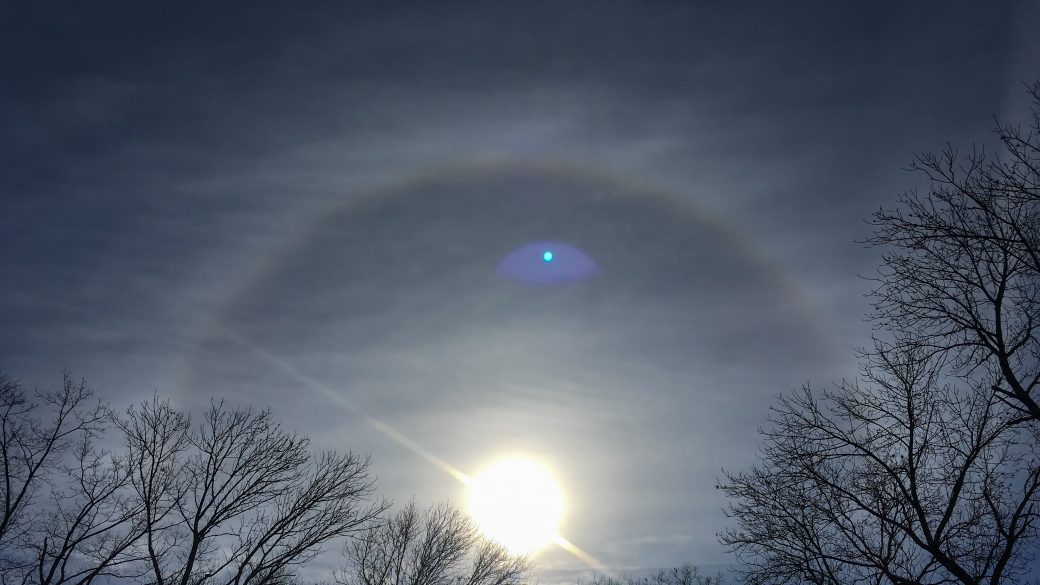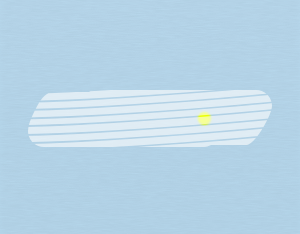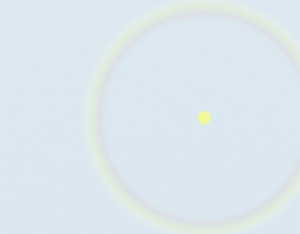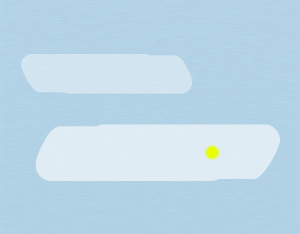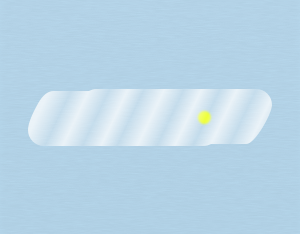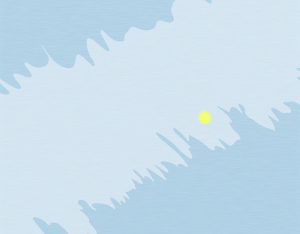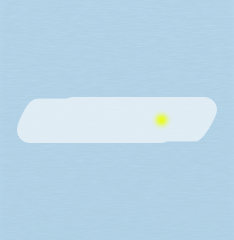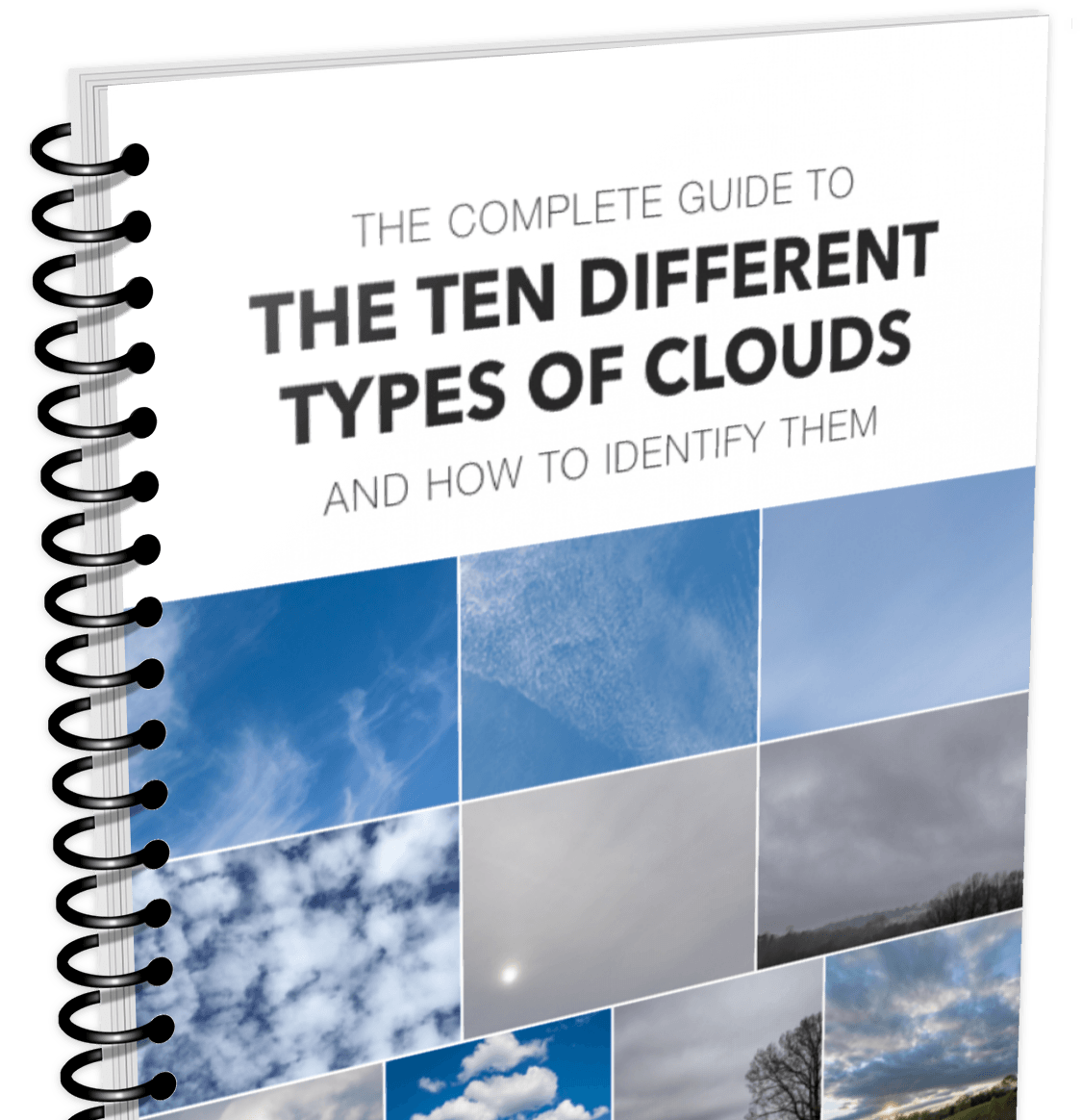Description & Characteristics. Cirrostratus clouds can best be described as a cloud blanket high up in the troposphere, spread out across the sky. Found at the same altitude as their cirrus and cirrocumulus counterparts, these clouds are more widely known for being the culprit of sun and moon halos, as they’re composed of ice crystals.
Like most layer clouds, cirrostratus clouds generally take on a relatively dull appearance. Don’t take offense, but cirrostratus clouds can be a boring cloud. They have very few cloud species and varieties associated with them. One distinction that cirrostratus clouds have going for them however is that they’re one of two clouds that can be fibrous in appearance (fibratus cloud species). They’re also one of two clouds, the other cloud being stratus, that can take on a hazy, nebulous feel (nebulosus cloud species), which is where the cloud completely lacks any kind of discernible detail. There are instances where a cirrostratus cloud might take on a wavelike appearance (undulatus cloud variety).
Because cirrostratus clouds are generally very thin, the sun will always be visible, which might help you distinguish it from its close relative altostratus cloud. Sometimes they’re so thin, they’re almost difficult to even make out.
